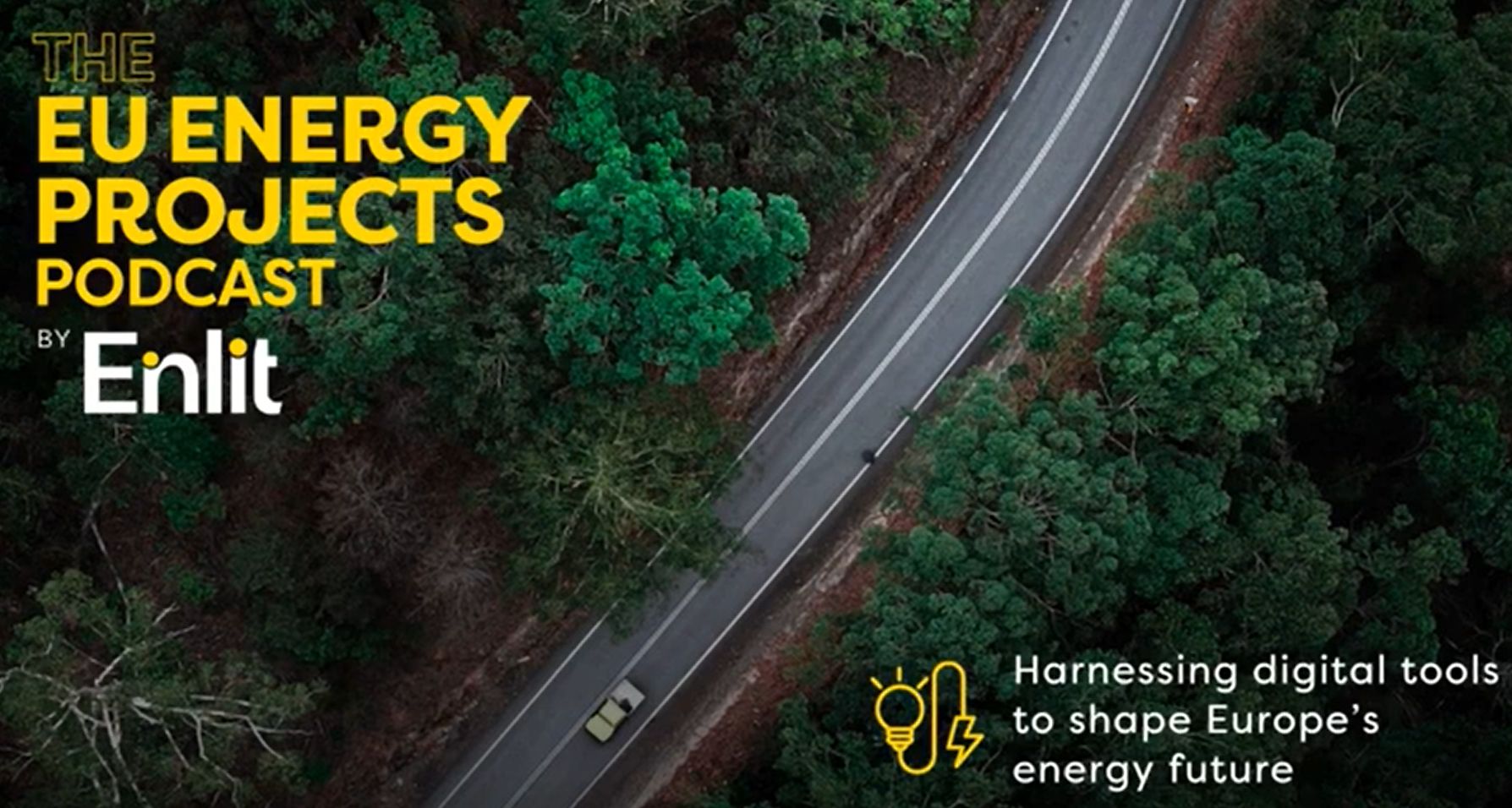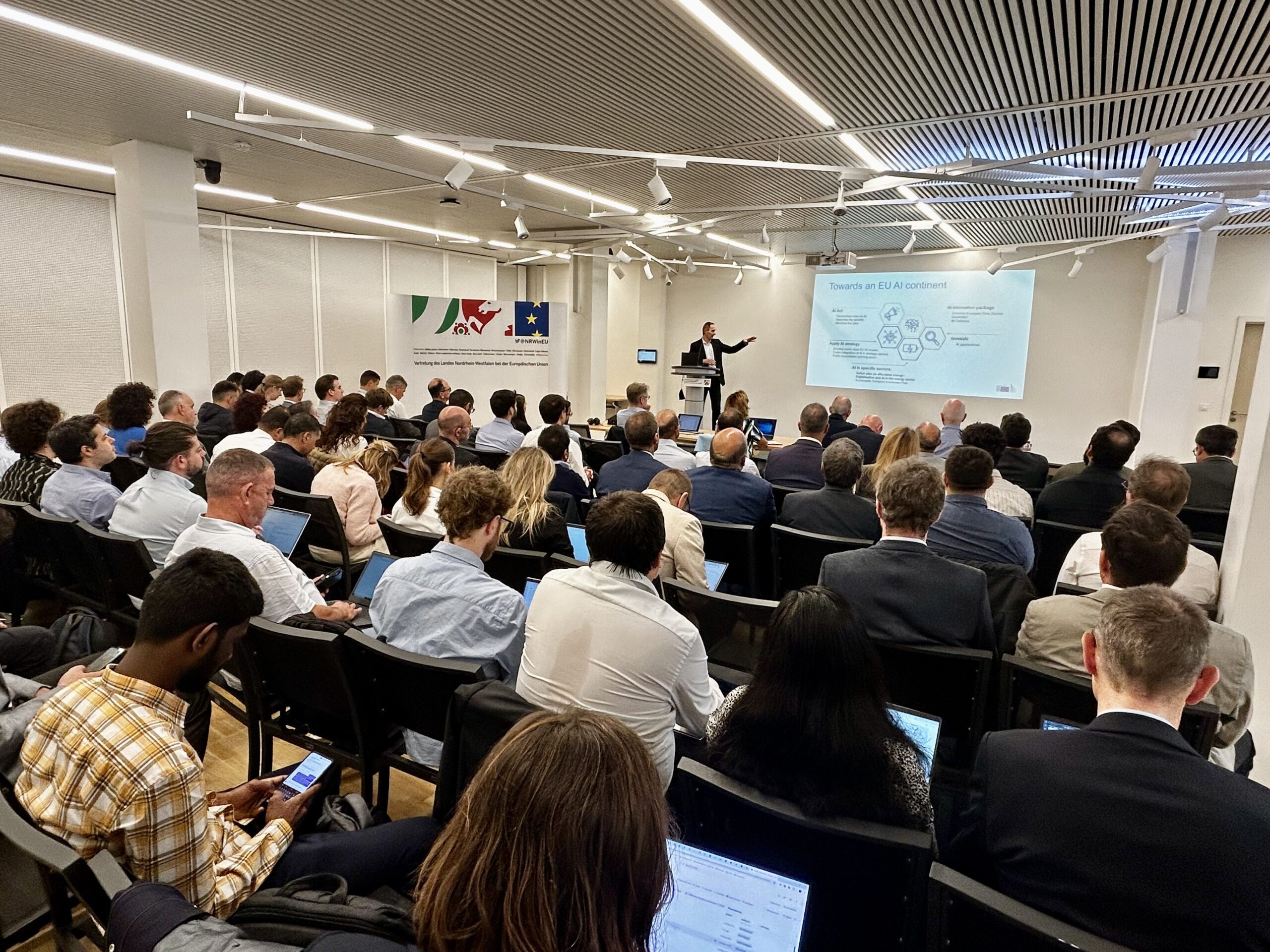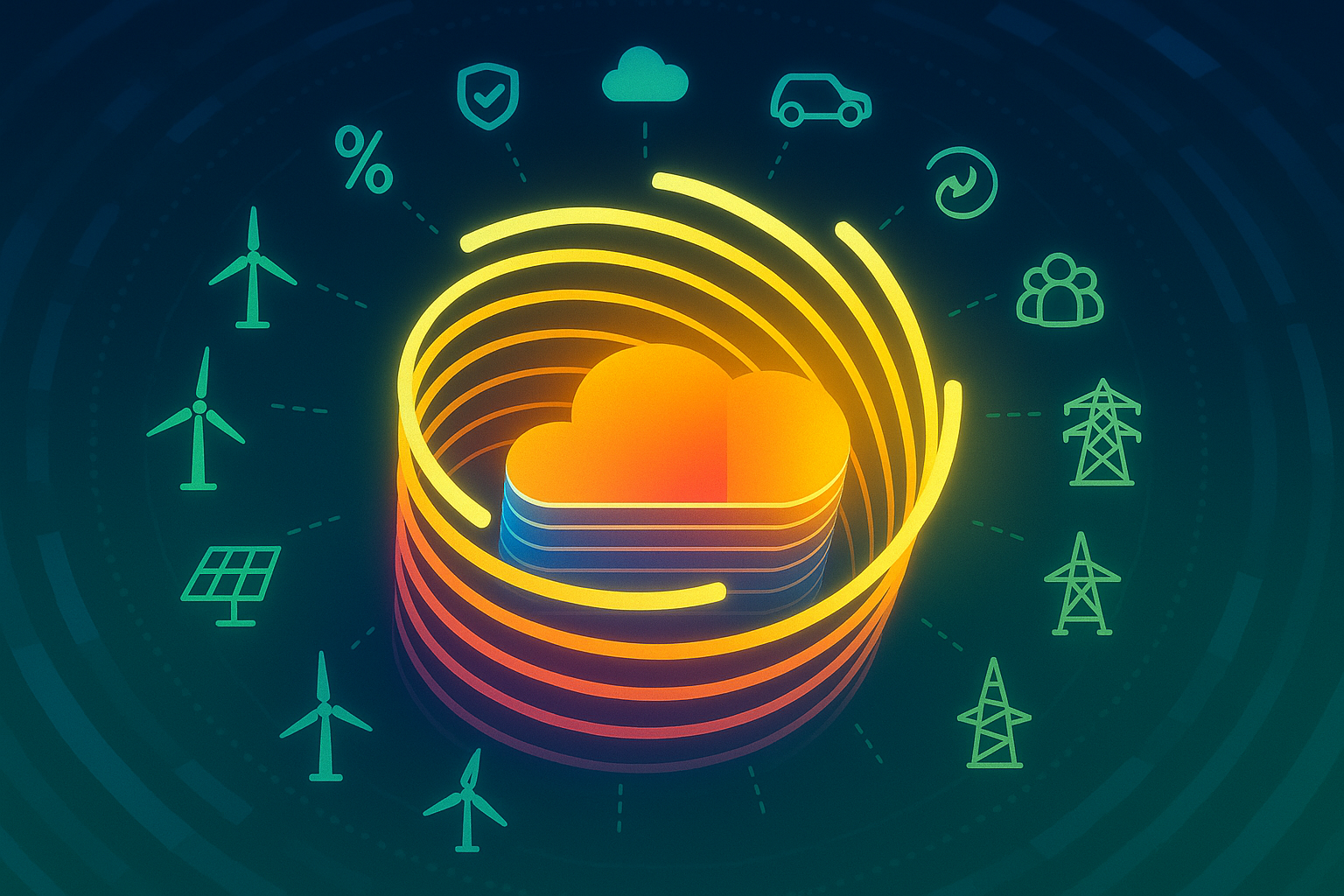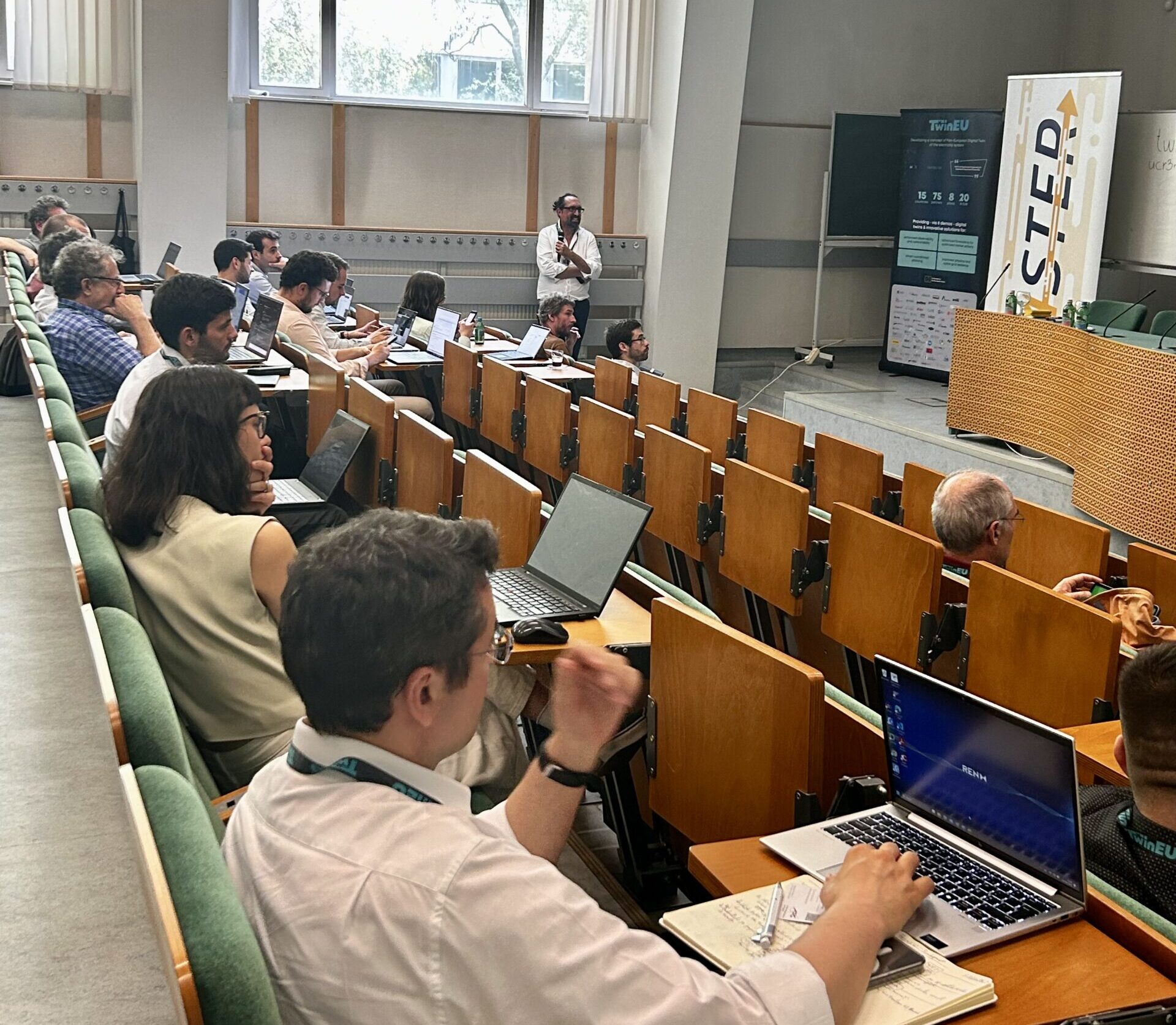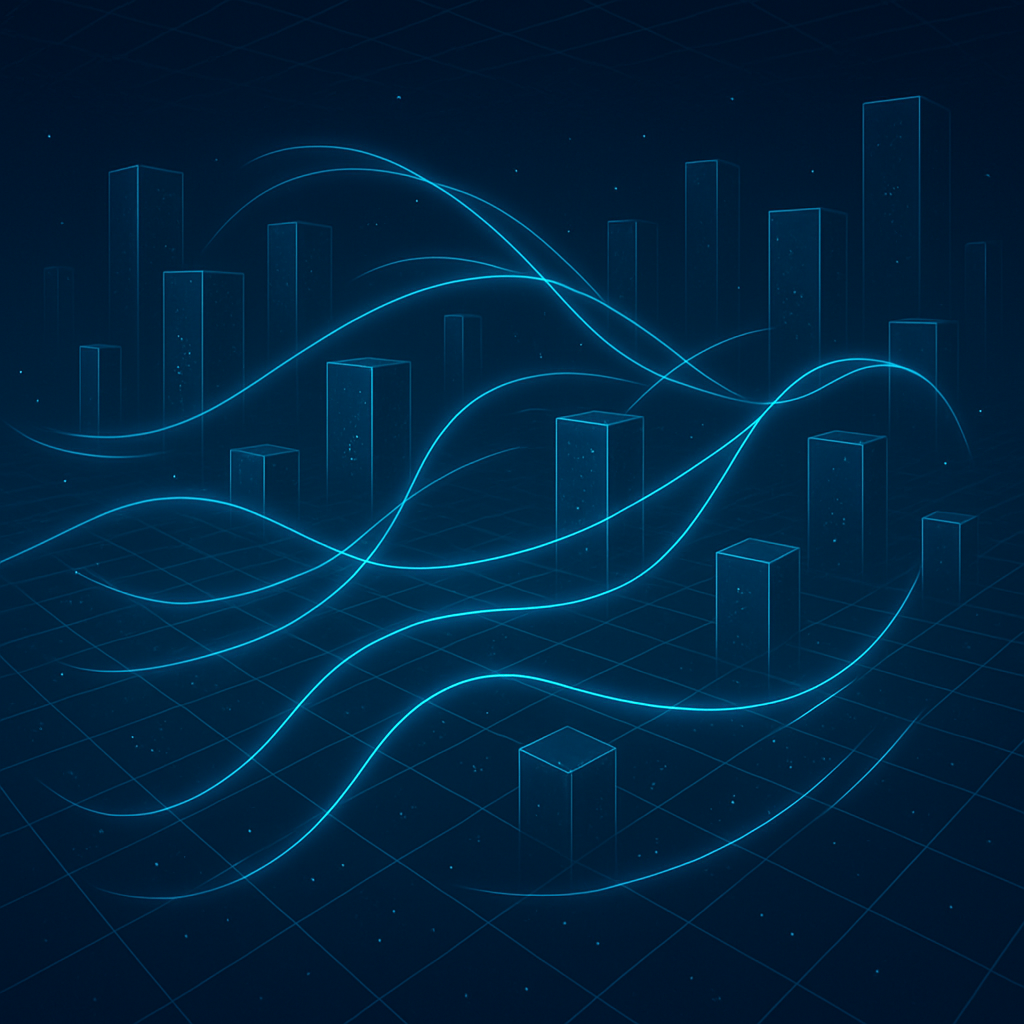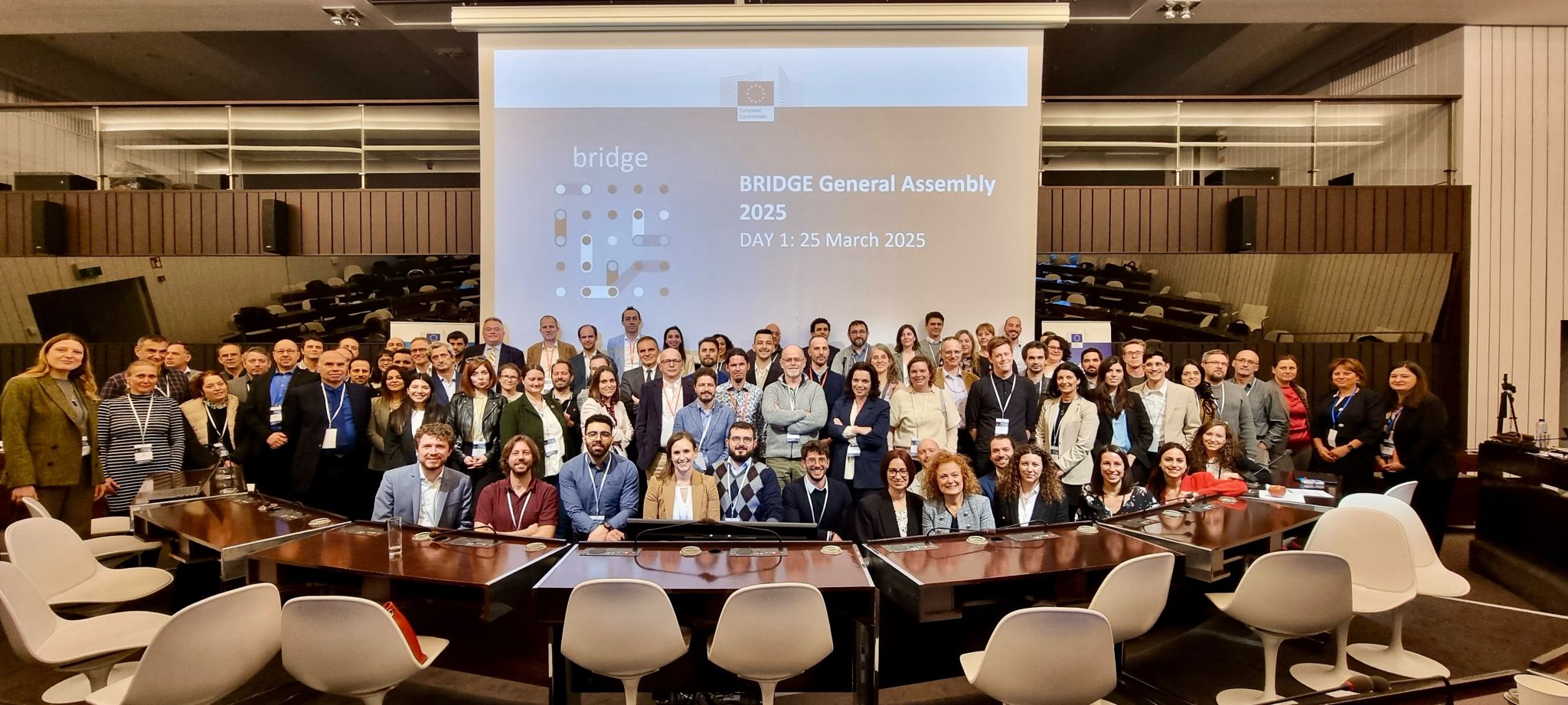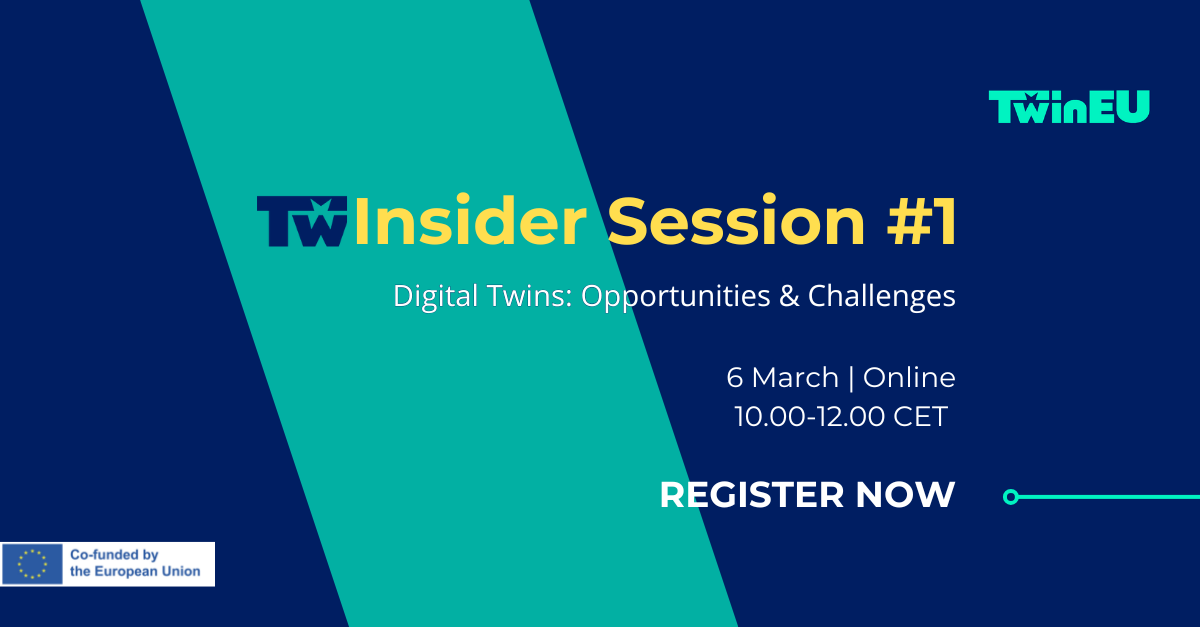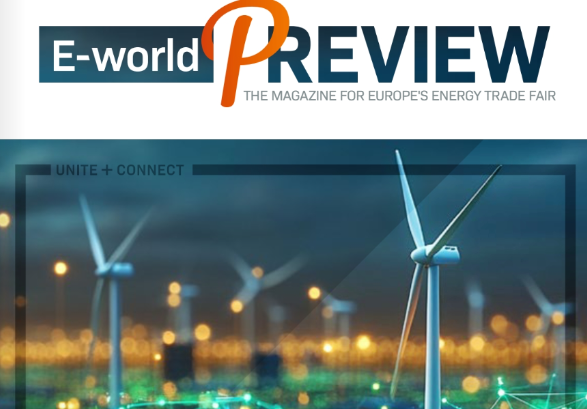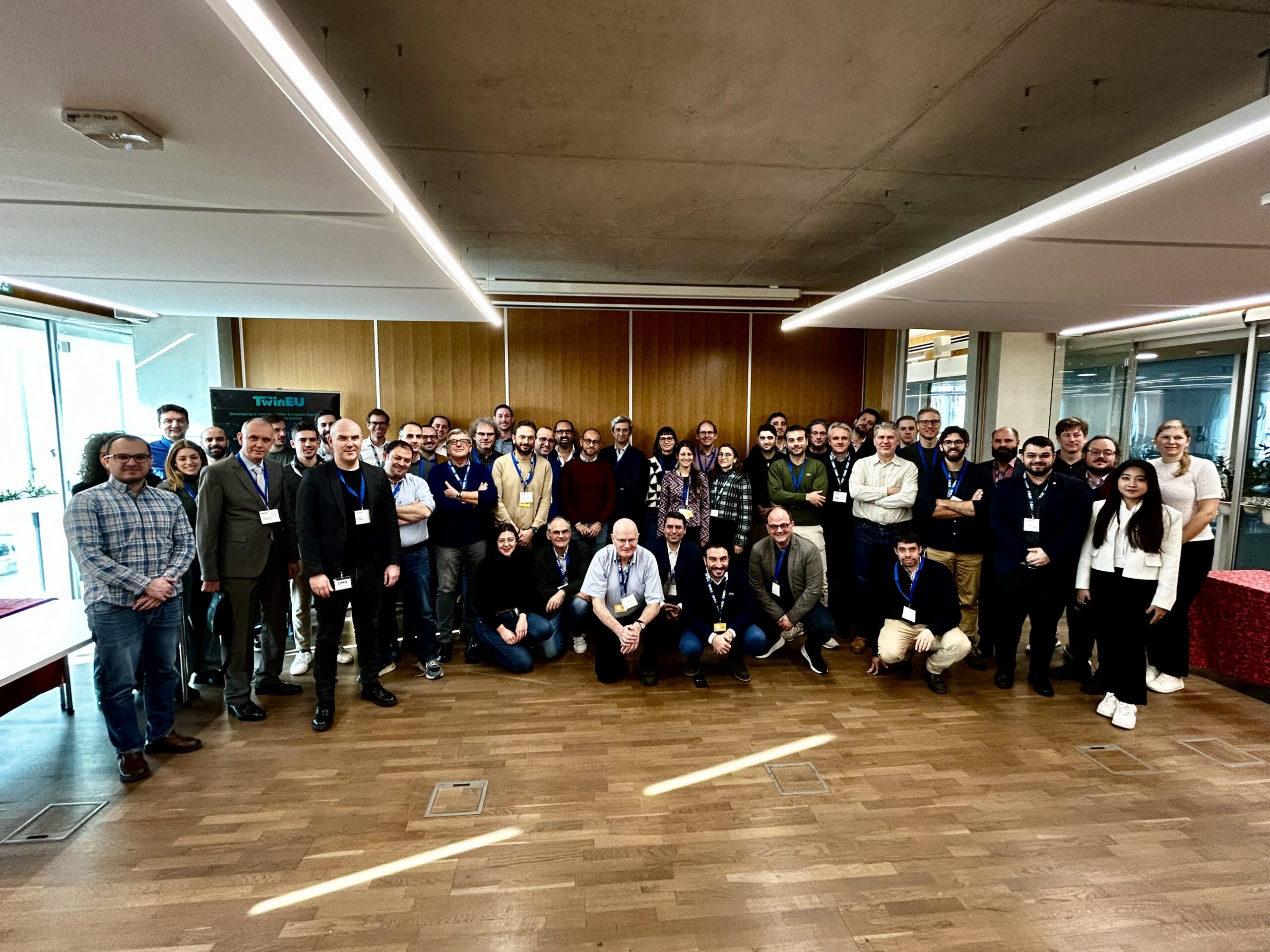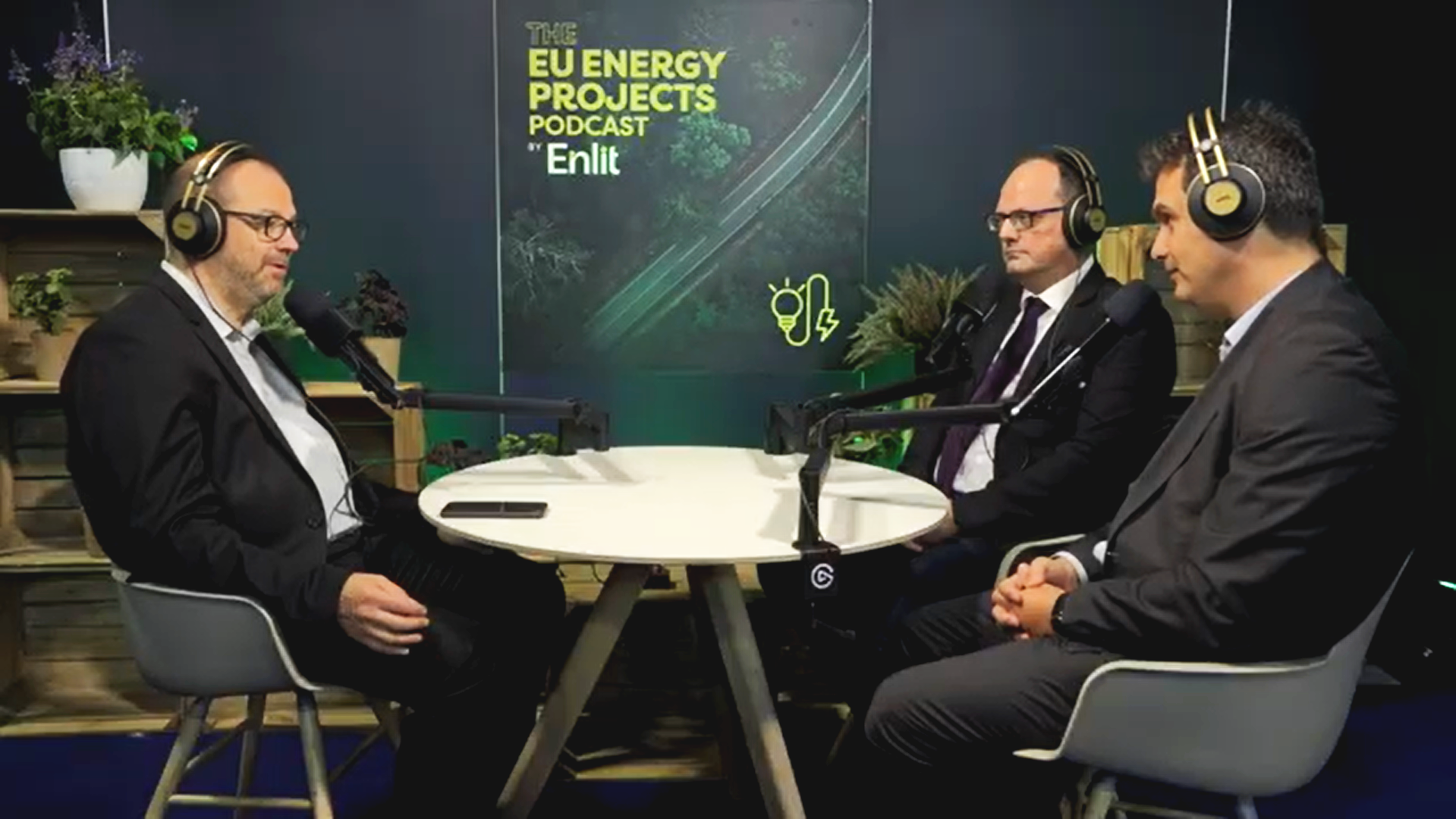Enabling a federated ecosystem for digital twins in the energy sector is not an easy task, but the TwinEU project has a clear vision on it: implementing a digital twin federator – writes Ferdinando Bosco, our project partner from Engineering in its recent article for Enlit Insights.
The main goals of the digital twin federator are:
● Integrating heterogeneous digital twin systems,
● Orchestrating services for data and model sharing, and
● Incorporating real-world data to enhance simulation and analysis capabilities.
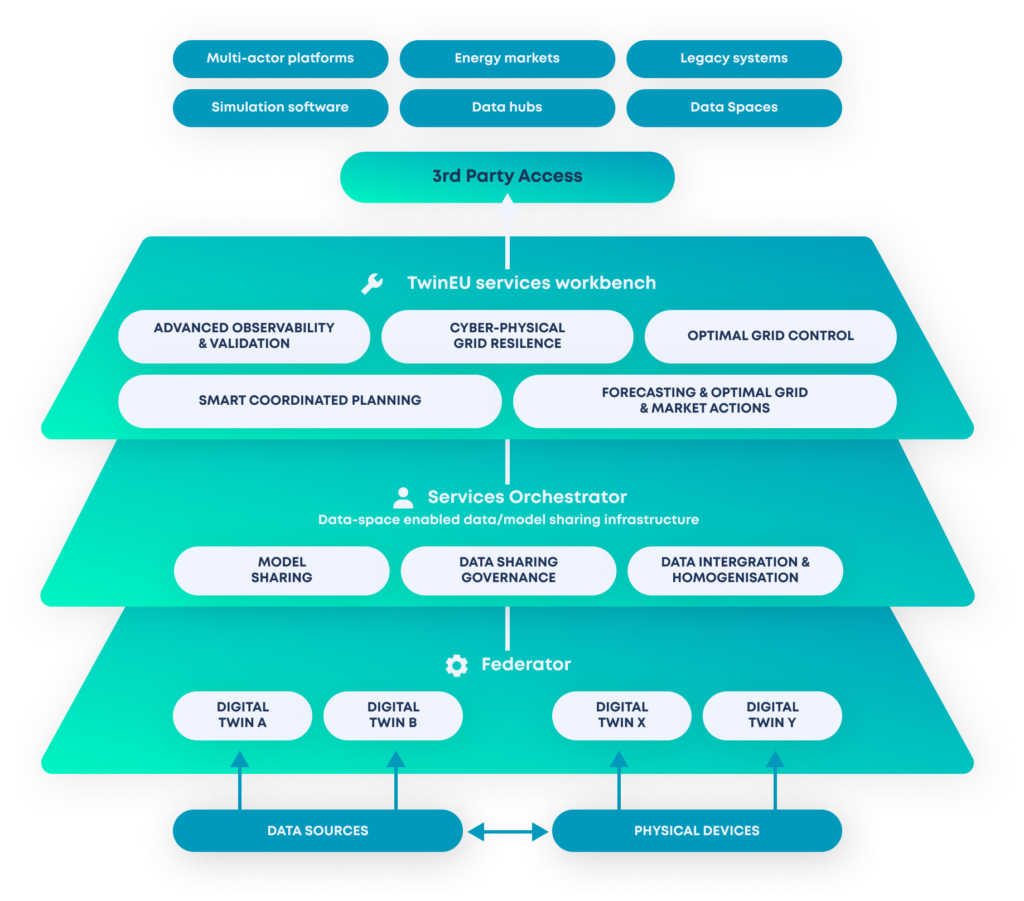
As he writes, to achieve these goals, the TwinEU digital twin federator leverages on the data space concept for supporting an interoperable and secure digital twin federation with easy and effective integration of various data sources and infrastructures.
The data space-enabled structure for data and model sharing is the pivotal element of the TwinEU architecture. It involves the adaptation of the energy data space to the specific context of the TwinEU digital twin ecosystem, creating a trusted and sovereignty-preserving layer for data and model exchange.
The solution extends and improves an already existing framework, developed in the previous Horizon project, OneNet, a data space framework tailored for the energy domain, which supports standardised data exchange among energy stakeholders at any level.
Impact and applications
The implementation of a federated digital twin pan-European ecosystem, supported by the TwinEU digital federator, has the potential to revolutionise the energy sector.
By enabling cross-stakeholder and cross-sector collaboration, a federated digital twin can drive innovation, efficiency and sustainability. The seamless integration of digital twins across different stakeholders allows for comprehensive monitoring, simulation and optimisation of complex systems, leading to improved decision-making and resource management.
Moreover, the integration of new technologies such as AI, XR and IoT within the federated digital twin ecosystem can unlock unprecedented opportunities for innovation. AI can provide advanced analytics and predictive capabilities, XR can offer immersive simulations and training, and IoT can enable real-time data collection and monitoring.
Within the TwinEU project, the federated digital twin will be tested and evaluated in eight different demonstrations sites divided into four topics:
● Cyber-physical grid resilience,
● Grid management, operation and monitoring,
● Forecasting and optimal grid and market,
● Smart coordinated grid planning.
You can read the full article on ENLIT.
